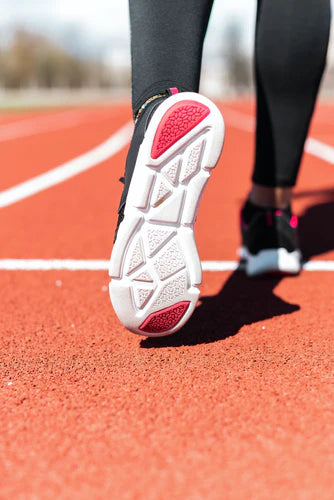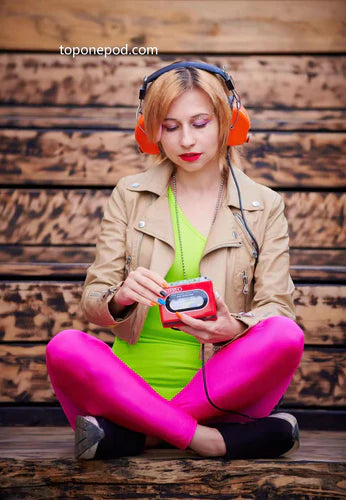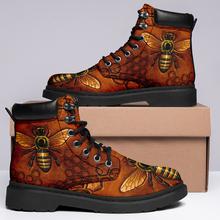Best Tips and importance of choosing proper sneaker for a healthy feet
by LLxx on Mar 08, 2024

The proper footwear can keep your feet healthy, make physical exercise more enjoyable, and protect your body from injuries.
If you choose a sneaker that fits you well and meets your activity type that is appropriate for any foot problems, and helps protect your feet, legs, and joints, you will be more comfortable and being active.

Effects of a shoes on your feet, legs and joints
Your physical activity may create stress on your feet, ankles, lower legs, and other joints if your shoes are excessively tight, too loose, or inadequately supportive. This constant pressure might result in discomfort and damage.
Shin splints and Achilles tendon discomfort, corns and bunions, ingrown nails, postural problems, and lower back pain can all be caused by poor footwear selection. Your activities may be severely limited or even halted as a result of such injuries.

Choosing the appropriate shoes might help you prevent injury. Learn what may happen if you wear the wrong shoes:
1.If your shoes aren’t suitable for your activity, the condition, or your body mass or foot mechanics, chance of injury can be increased. for example hiking and beach running are are different and need to take persecution according to the conditions.
2.Wearing the improper shoe might aggravate existing problems in your hips, knees, ankles, or feet, such as discomfort or arthritis.
3. Even a little duration in the wrong shoes can cause stress and pain to your bones and joints, as well as the soft tissues that support them. For example, if you have a job that requires you to stand for long periods of time.
4.The way you walk, or your posture can be significantly influenced by the shoes you wear. The way your feet move during each step influences how the rest of your body moves. When you take a proper step, your heel makes first contact with the ground. The arch then slides slightly inward, allowing the ball of the foot and subsequently the big toe to make contact. The heel then lifts off the ground, allowing you to push off with your ball of foot and big toe.
5.Some people’s arches roll inward too much or too little, which can have an influence on how well their feet absorb shock. Additional stress on other joints can occur as just a consequence of this.
6. Some shoe styles, such as high heels and flip flops (‘thongs,’ are not appropriate for exercise.
Keep in mind that the right shoe can help avoid, lessen, or eliminate foot problems. That absence of discomfort has a significant influence on how smoothly and effortlessly you move. So, get out there and begin moving!
Difference between walking shoes and running shoes
To reduce the hill pain and burning or tenderness in the ball a standard walking should be lightweight and extra shock absorption in the hill and under the ball of the feet. some people like a rounded or rocker bottom on the shoe so that they can easily shift weight from hill to toe.
If you want traditional-styled running shoes, look for normal shock absorption and high torsional strength (means the shoe shouldn’t bend easily). Shin splints, tendinitis, heel discomfort, stress fractures, and other overuse problems may be helped by these qualities.
Alternatively, you could select a barefoot shoe. These shoes allow your foot to rest practically barefoot on the ground, and they do little more than provide traction and protect you from harmful objects on the ground. Some are designed to help in the transition from heel-toe running to barefoot running where the mid foot or forefoot strikes the ground first.
What a proper shoe can do for you
The right shoe:
· cushions the foot — the insole is the major component of the shoe that provides cushioning. Surprisingly, shoes don’t decrease the force that goes through the body all that much. yet they do increase the time taken for that force to apply, so the body has enough time to adapt.
· supports the foot — your shoe should assist in the alignment of your foot when it comes into contact with the ground.
· feels comfortable — your shoe should feel comfortable right away.
· fits well — make sure you have at least 1‒1.5cm at the end of the shoe. It should be wide enough and long enough to fit your feet. The shoe should feel snug but not tight.
· make sure you have at least 1–1.5cm at the end of the shoe. It should be wide enough and long enough to accommodate your feet. The shoe should be snug but not too tight.

How to choose the right shoe
Try to buy your athletic shoes from a specialty store. You can look for online there’s many custom shoes brand they can provide shoes that you need for your activity or sport. And they can be proper fit end up with right size.

1. Go to the shoe store after the exercise or end of the day. Usually feet size become the largest during these time and that will make sure you feel comfortable.
2. Try to wear the shoes with the socks that are suitable for the activity.
3.Measure your feet every time when you buy shoes. Consult with the customer service in you buy shoes online. Because your foot size may vary as you age.
4. Check that you can move all your toes when wearing the shoes, you need enough space for your foot to wiggle within the shoe as you walk or run.
5. The should be comfortable as soon as you wear them on don’t wait for breaking them in.
6. when you try the shoes walk or run few steps to check whether they are comfortable.
7. Confirm that shoes grip on the heel. make sure heel is not slipping while you move.
8. Check the inside of the shoes, check the tags, seams or other materials that might irritate your feet.
9.Make sure sole are sturdy enough to protect your feet against harmful objects.
If you do sports, you better wear shoes specialized for that sport. Tennis, golf, soccer, football, netball, jogging, cycling, and other sports have their own footwear. Each one has a unique design, substance, and weight to protect foot from the rigors of the sport.
When shopping for shoes, it’s a good idea to have a tracing of your foot with you. Do not try on a shoe that is narrower or shorter than the tracing.




